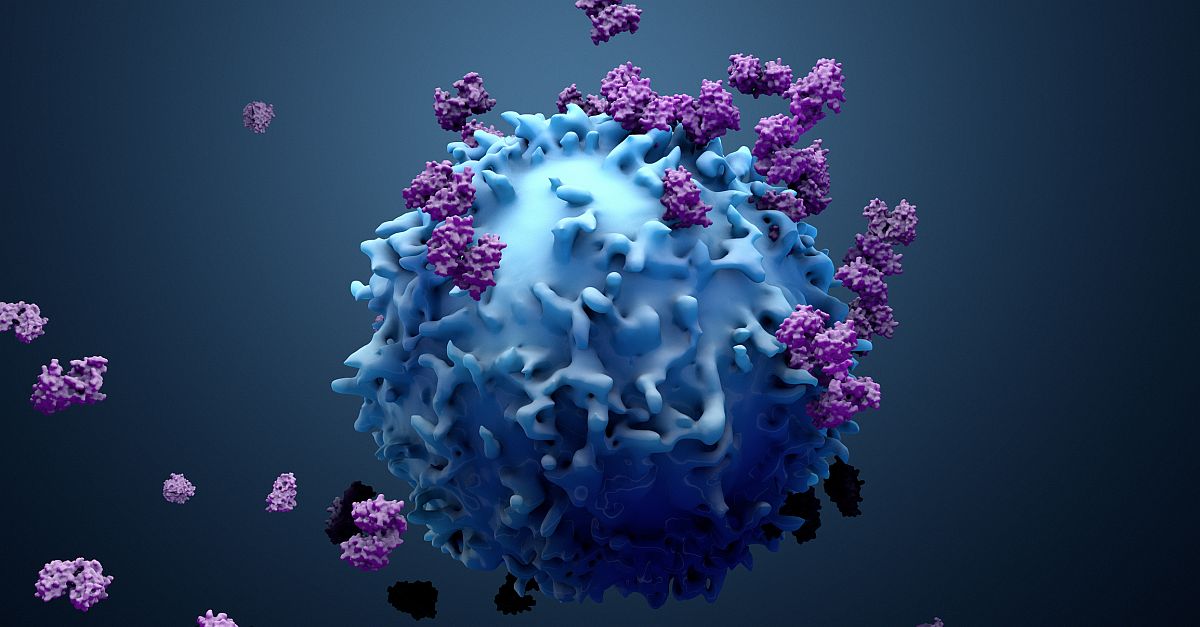PD-1 inhibitors have become a mainstay of treatment for many cancers in recent years. However, while these agents are associated with a robust response in some patients, the majority of patients will progress. Several trials have evaluated potential combination strategies to bolster responses to PD-1 inhibitors, but there is no clear consensus in this area. In a meta-analysis recently published in JAMA Network Open, investigators evaluated outcomes from 98 clinical trials evaluating PD-1 inhibitors alone or in combination to treat cancers. The investigators found that all classes of cancer therapy studied could be successfully combined with PD-1 inhibitors, including chemotherapy, angiogenesis inhibitors, IDO inhibitors, and CTLA-4 inhibitors. However, the highest response rates were seen when PD-1 inhibitors were combined with cytotoxic chemotherapies. This may be due to the synergistic nature of these agents, with chemotherapy-induced cell death increasing the availability of immune-stimulating tumor antigens and possibly reducing the effects of some immune suppressor cells. There were also signs of synergistic activity with the combination of PD-1 inhibitors and angiogenesis inhibitors.
High Altitude: This report may be of interest for researchers determining new combination therapies to pursue in clinical trials, with a preference for the combination of PD-1 inhibitors with agents that provide a synergistic benefit, such as platinum chemotherapy or angiogenesis inhibitors.
Ground Level: This analysis provides important information for community oncologists attempting to incorporate immunotherapy into their patient care. The vast number of clinical trials in this space can pose a challenge when considering whether to refer patients. This report provides a solid overview of data supporting the use of PD-1 inhibitors in cancer treatment and provides guidance on which combinations are most likely to elicit a robust and long-lasting response.

